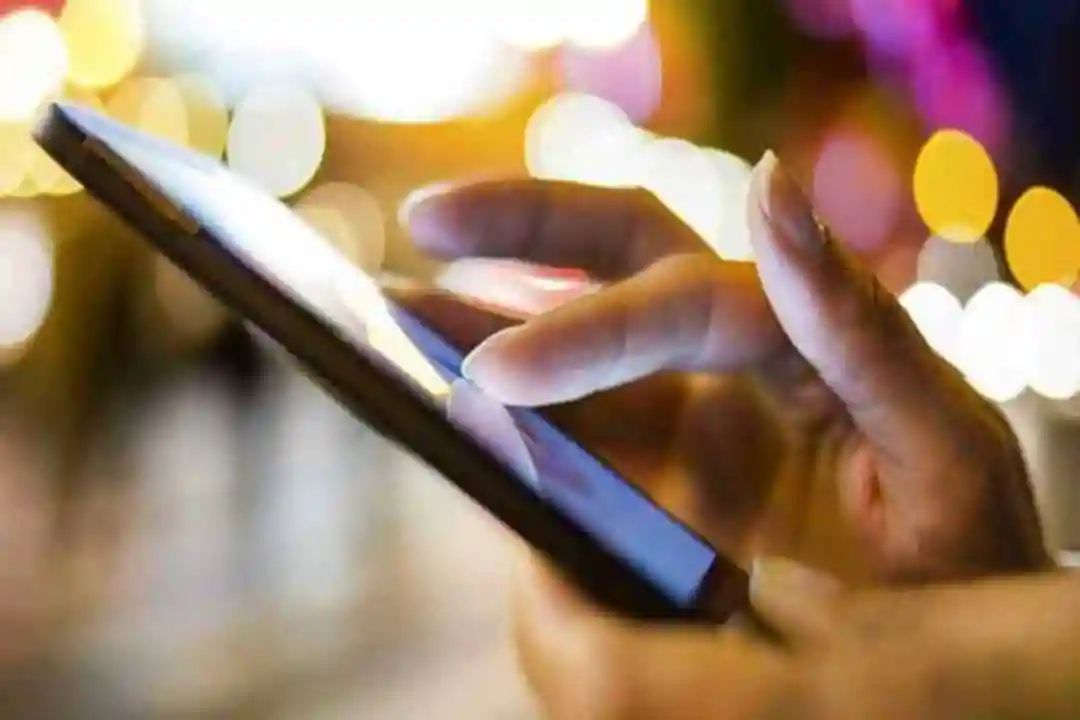Mobile phone rates have become affordable even for the poorest sections of society because of the 2G spectrum revolution. Mobile phones have become a necessity now, from getting a LPG subsidy to booking appointments in a hospital, everything is based on OTP (One Time Password).
Moreover, Covid-19-induced work from home (WFH) and online classes have made even smartphones an essential object.
Deeper penetration of the internet and the government’s initiatives to digitise the economy have resulted in increased smartphone usage. The shipments grew 23 per cent YoY and stood at 38 million units in Q1 2021. The sale is further expected to grow leaps and bounds by the end of the year. With the increasing demand, the contribution of smartphones to waste streams and carbon emissions has multiplied manifolds too. Not only do smartphones account for 10 per cent of global e-waste, manufacturing one represents 85-95 per cent of the annual carbon footprint of the phone,” said Soumitra Gupta, Chief Executive Officer, Xtracover.
However, high demand of smartphones has not only made them expensive, but the rare raw materials needed to make the devices are also becoming scarce.
“As demand skyrockets, the precious metals and materials required to make smartphones are also becoming scarce. Some of them, including rare elements like indium and toxic ones like arsenic, are set to run out in the next 100 years. Even the shortage of microchips is taking a toll on the smartphone industry. Therefore, manufacturers will need to conserve such resources,”.
To preserve the rare elements, refurbishment of used smartphones has become necessary.
“In such dire circumstances, the ability to repair phones is critical and should increase. This is where the refurbished gadgets industry steps in. With cutting-edge competition, there are multiple new products in the market, and then there are second-hand ones. In between, this industry is catching the attention of Indian consumers. It doesn’t have many organised players as of now. However, using refurbished smartphones is vital, not only to conserve resources but also to tackle e-waste and climate mitigation,” said Gupta.
To ensure that the rare elements don’t run out soon and to protect the environment from getting polluted, it’s essential to increase the working life of a smartphone as long as possible.
“Recycling phones is essential, but only when they reach the end-of-life stage. Getting them repaired and keeping the phones in use for longer will reduce waste streams; thus, the recycling process will require less energy. This, in turn, will result in lesser carbon emissions,” said Gupta.
Apart from protecting the environment, recycling of smartphones also increases the affordability of devices.
“Besides reducing the carbon footprint, refurbished smartphones will cost less. The refurbishment industry caters to consumers who aren’t in a position to shell out enormous costs for a new smartphone. Consequently, you can gift yourself a new phone at a reduced price that comes with a warranty while being environment-friendly,” said Gupta.



